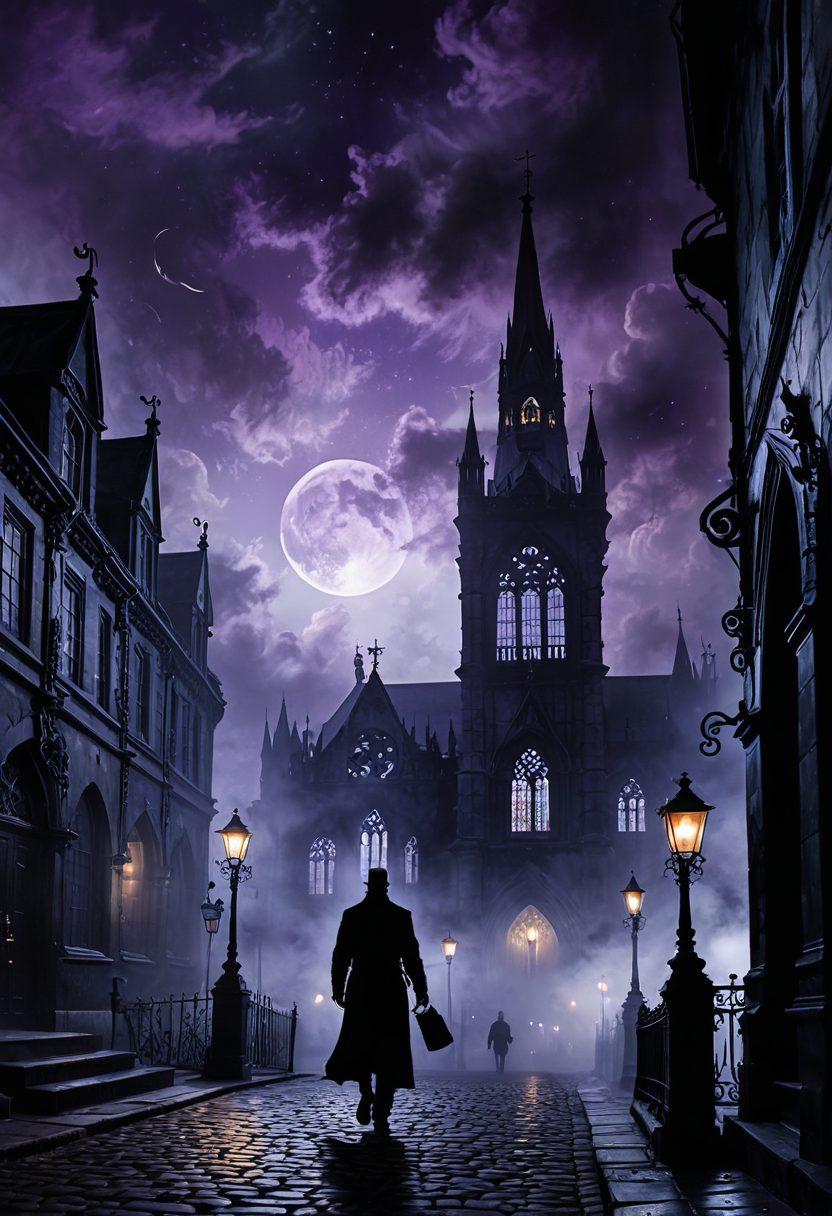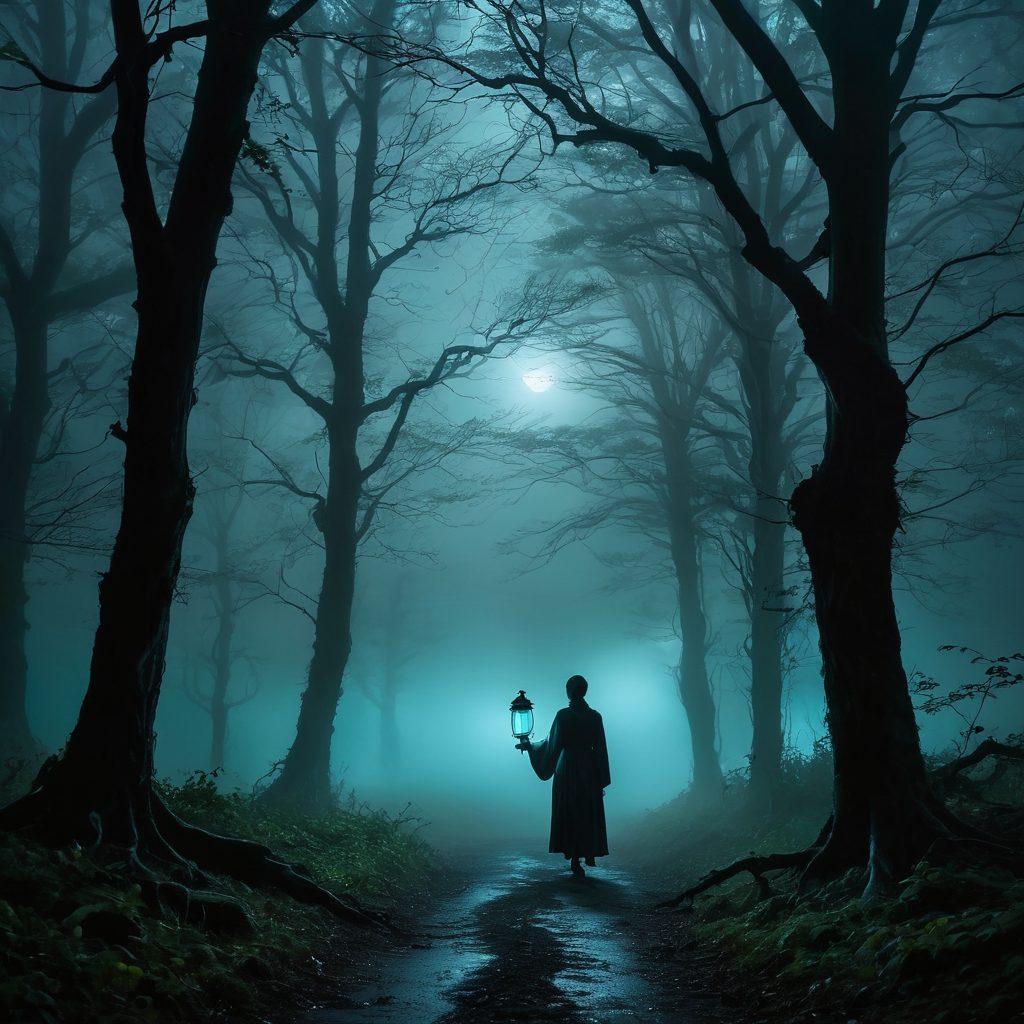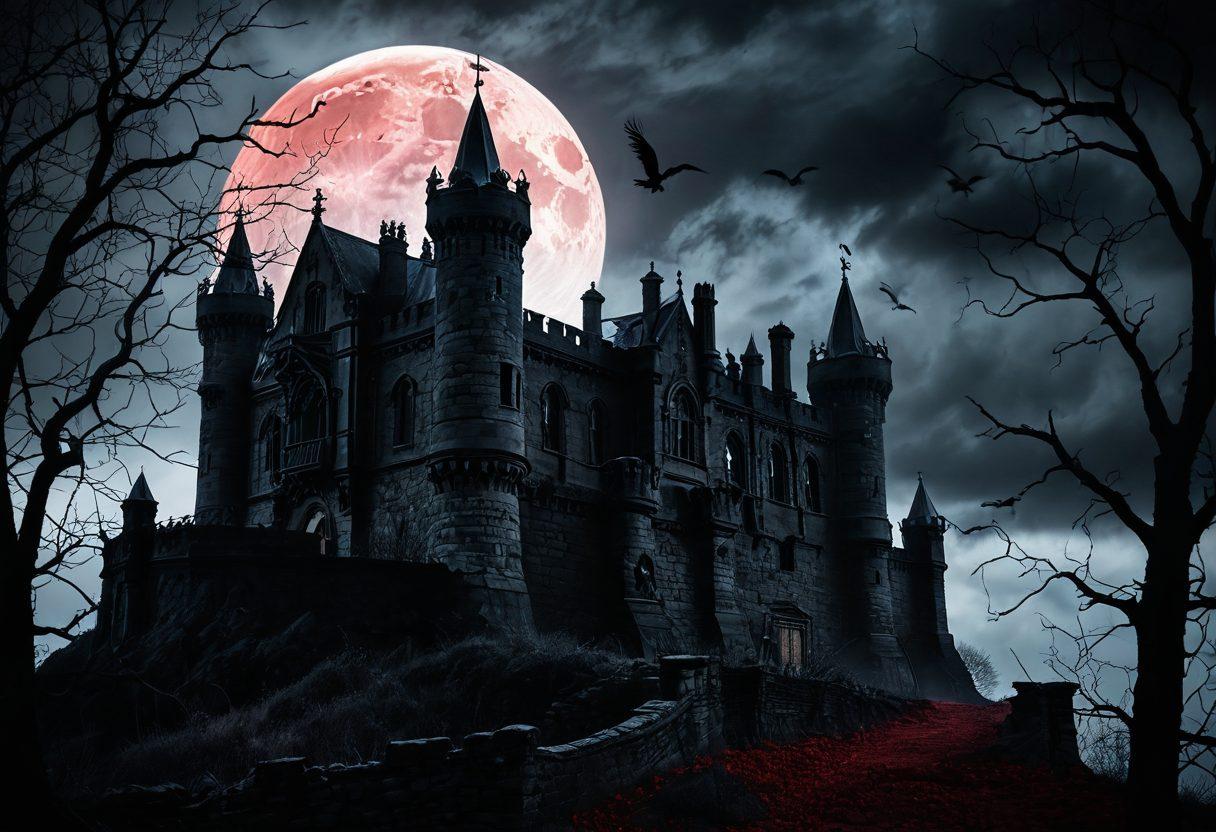Exploring the Haunting Aesthetics of the Dark Side: A Journey into the Shadowy Realm of Gothic Mystique
Have you ever felt the mesmerizing pull of the dark side, an irresistible curiosity that draws you into the shadowy realm of the gothic? The allure of the night, the cryptic themes that make your heart race and your mind wander—this is where the sinister beauty lies. Gothic aesthetics not only capture our imagination but also unveil the deeper, sometimes darker side of our own human experience. In this exploration, we will walk through twilight-lit paths, encountering the macabre and embracing the unseen. Each shadow tells its own story, weaving a tapestry that fascinates and captivates. So, why does the dark side of life resonate with us so profoundly?
The gothic whispers to the soul with its eerie melodies and haunting narratives. Think of Edgar Allan Poe with his cryptic tales of the uncanny; they lure us into a world where darkness becomes a rich tapestry of emotion. “I became insane, with long intervals of horrible sanity,” Poe himself once mused, revealing the fine line between genius and madness. This story mirrors our journey—a descent into the shadow side that reveals not just fear, but also strength, beauty, and a craving for understanding that lies in the depths of our psyche. At its core, the dark-themed aesthetic is not merely about dread; it allows us to confront that which is often too difficult to vocalize. Can you recall a moment when you embraced the night rather than shied away from it?
As we dive deeper into the gothic shadows, we encounter a world rich with forbidden secrets and supernatural elements. From the ominous castles draped in whispers of lost souls to forgotten graveyards that echo with past lives, each dark corner holds a tangible sense of mystery. The gothic invites us to embrace our fears, to tread upon paths less traveled. It's a celebration of the obscure, the things that society often neglects or dismisses. Imagine strolling through a dimly lit street, the air thick with secrets, as you ponder the lives of those who walked before you. What stories lie in the shadows of your own life?
Moreover, the darker side of aesthetics speaks of nature's duality; just as day gives way to night, beauty often arises from decay. The macabre, in its essence, reminds us of our mortality—a reminder to dance with the shadows rather than flee from them. Think of Tim Burton’s films, where whimsy and darkness intertwine—elements such as absurdity and sorrow come together to create something profoundly enchanting. In embracing the haunting aspects of life, do we not also find light amidst the darkness? Are we not richer for acknowledging the full spectrum of our humanity?
Finally, this exploration serves as an invitation. It beckons you to step into the shadowy realm of gothic mystique. Embrace your own darker side and savor its complexity. Whether through art, literature, or life experiences, there is an entire universe waiting to be unveiled. Ask yourself—what draws you to the haunting, the cryptic, and the mysterious? How can these themes empower you to confront fears, embrace your vulnerabilities, and explore the depths of your own existence? As we navigate through life’s gothic passages, let’s find beauty in the shadows, allowing them to illuminate our path forward instead of shrouding it in fear.
Embarking on a Cryptic Journey: Discovering the Eerie Aesthetics of Darkness
Have you ever felt captivated by the allure of the dark side? The shadows that linger just beyond the veil of reality often whisper alluring secrets and promise to take us on a journey into the eerie aesthetics of darkness. Our society thrives on tales of the macabre and the mysterious, drawing us toward the shadowy realm of gothic and noir art. Like moths to a flame, we are irresistibly drawn to the cryptic themes spun throughout our literature and visual arts, that beckon us to explore life beyond the conventional. So, let’s embrace the haunting elements of this darkness, and embark on a cryptic journey into a world that is as profound as it is sinister.
As I delve deeper into the darker side of aesthetics, I often find myself pondering: what is it that fascinates us about the foreboding and the ominous? Perhaps it’s the thrill of stepping into the unknown or embracing the shadow side of human nature that tempers our light. This journey through twilight lands is not just about seeking fear; it’s a rich exploration of emotions that dwell in our subconscious. The eerie beauty inherent in the grotesque often acts as a mirror to our own fears and desires, reminding us that in darkness, there can also be a peculiar kind of beauty. In the haunting silence, we discover the truths we often hide from ourselves.
For many artists and writers, the darker side is a wellspring of inspiration. The macabre aesthetics in gothic literature and art often reveal forbidden desires and complex psychological terrains. Authors like Edgar Allan Poe and Mary Shelley painted a canvas filled with eerie silhouettes and cryptic messages, demonstrating how powerful the themes of darkness and supernatural can be. Their works invite you to grapple with existential questions, allowing readers to confront their fears while simultaneously finding solace in a beautifully disturbing narrative. Are we not, after all, more empowered when we face the shadows within?
Moreover, our fascination with darkness extends beyond literature into fashion, design, and architecture. Think of those hauntingly beautiful gothic cathedrals that tower ominously against the skyline, or the dark-themed fashion that evokes both allure and danger. Designers are increasingly incorporating dark, cryptic designs that challenge societal norms and dare us to express our shadow side. Personal style becomes a way to wear one’s fears and desires, transforming us into living embodiments of art that reflect our inner complexities. What does your fashion say about your hidden self?
In conclusion, the journey into the dark side is one of profound exploration and self-discovery. The shadowy realm is not merely a place of fear but rather a rich tapestry where haunting tales and cryptic themes collide in a symphony of emotions. By engaging with the mysterious and the sinister, we allow ourselves to dive deep into the unknown and emerge with a greater understanding of our humanity. So, are you ready to step into the shadows? Embrace the eerie aesthetics of darkness and let them guide you through your own cryptic journey.
The Macabre and Mysterious: An Exploration of the Forbidden Themes within Gothic Realms
In the dim light of twilight, shadows dance upon ancient stone walls, whispering secrets from a world steeped in the macabre. The gothic realm, with its darkly alluring aesthetics, beckons those brave enough to explore its eerie depths. As we delve into the mysterious and often sinister themes that permeate these shadowy landscapes, we find that the darker side of humanity is both enchanting and terrifying. Are you prepared to step beyond the veil and uncover the cryptic tales that lie within?
Picture this: a moonlit graveyard, the air thick with an ominous silence, broken only by the rustling of leaves and the echo of distant footsteps. Such scenes are the essence of gothic storytelling, where the dark side represents not just a place, but a mindset. It’s a reflection of our own fears and desires—the forbidden themes that touch upon our mortality and the supernatural. Gothic literature, art, and architecture create a world rich with dark-themed narratives that challenge us to confront the shadows lurking within ourselves. What is it about the eerie allure of the unknown that continues to captivate our imaginations?
When we think of the gothic genre, we often conjure images of haunted castles and forlorn characters, lost in their brooding thoughts. Yet, at its core, this genre speaks to our universal fascination with the macabre and the cryptic. It invites us to explore the taboo, to question societal norms, and to embrace the darker side of life that is usually shunned. Just as the noir films of the 1940s portrayed a world fraught with moral ambiguity, gothic themes challenge us to understand that the line between good and evil is often blurred. Have you ever found yourself rooting for a character with a dark past, simply because their story resonated with the shadow side of your own experience?
In this exploration of the forbidden, we witness a kind of beauty emerge from darkness. Gothic art and literature often portray themes of tragic love, betrayal, and the supernatural, highlighting how the macabre can evoke profound emotional responses. The haunting melodies of a gothic ballad or the cryptic imagery in a painting can transport us to a realm where pain and beauty intertwine. Therein lies the power of these narratives; they remind us that while life is often shrouded in uncertainty and fear, it is also rich with emotion and depth. What can we learn from these stories about our own struggles and the dark moments we face?
As we traverse this shadowy realm, we must recognize the importance of the themes we encounter. The exploration of the dark side doesn’t merely serve to entertain; it compels us to confront our own fears and insecurities. The gothic tradition has a way of holding up a mirror to society, reflecting our collective anxieties about death, the unknown, and our inner demons. So, next time you find yourself lost in a gothic tale or gazing upon evocative art, ask yourself: what does this darkness reveal about the human experience? Embrace the eerie, engage with the macabre, and let the mysterious allure of the shadow side guide you to discover deeper truths about life and yourself.


